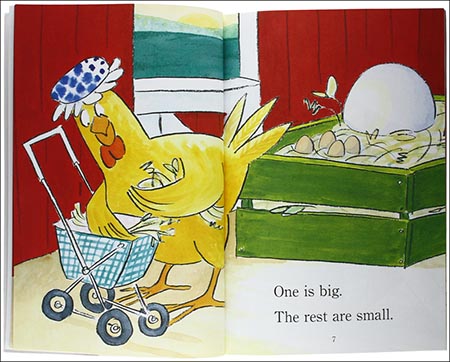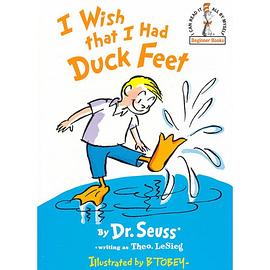Title: How Does Duck Down Blanket Get Wet? What Happens if It Gets Soaked?
Duck down blankets are known for their luxurious feel and warmth. However, they can become wet if exposed to moisture for an extended period of time. The process of wetting a duck down blanket involves absorption of water through the feathers and filling of air pockets between them. This can occur naturally due to sweat or humidity, or due to exposure to water or other liquids. If a duck down blanket gets soaked, it can lose its insulating properties and become uncomfortable to use. It may also attract mold and mildew, which can cause health problems. To prevent this, it is recommended to dry clean duck down blankets or hang them in a well-ventilated area to dry out completely before use. In addition, using a duvet cover can help protect the blanket from stains and spills. Overall, while duck down blankets are beautiful and comfortable, it is important to care for them properly to ensure they remain functional and enjoyable for years to come.
Duck down is a type of down that is highly coveted for its warmth and softness. It is often used in the production of sleeping bags, pillows, and other bedding items. However, just like any other type of fabric, duck down can get wet, and when it does, it can experience some changes in its properties. In this article, we will explore how duck down gets wet and what happens to it when it is soaked.
How Duck Down Gets Wet
There are several ways in which duck down can get wet. One of the most common causes of water getting into a duck down blanket is through spills or accidents. For instance, if you spill a drink or coffee on your blanket while it is still on the bed, the moisture can seep into the down fibers and cause them to become damp. Similarly, if your blanket is left near a sink or bathtub after washing, it may accidentally get splashed with water during the cleaning process.
Another way in which duck down can get wet is through humidity levels in the air. Humidity can cause the moisture in the air to condense onto surfaces, including duck down blankets. If you live in an area with high humidity, your duck down blanket may absorb moisture from the air more easily than a blanket made from a different type of material.

What Happens to Duck Down When It Gets Wet?
When duck down gets wet, it undergoes a series of changes in its physical properties. Here are some of the effects that occur when duck down becomes damp:
1、Loss of loft: One of the main properties of duck down is its ability to provide insulation by trapping air molecules close together. When duck down gets wet, it loses its loft because the water molecules fill up the empty spaces between the fibers. As a result, the blanket no longer provides the same level of insulation as it did before.
2、Shrinkage: Another effect of duck down getting wet is that it can shrink in size. This happens because the water molecules inside the down fibers push out against each other, causing the fibers to contract and lose volume. Depending on how much moisture the duck down has absorbed, the shrinkage can be significant.
3、Mold Growth: If duck down gets too wet, it can also begin to harbor mold growth. This is because moist environments are ideal breeding grounds for fungi and bacteria. If left untreated, mold can spread throughout the down and eventually contaminate other fabrics in the blanket.

How to Dry Duck Down Quickly?
If you find that your duck down blanket has gotten wet, there are several steps you can take to help dry it quickly and prevent further damage. Here are some tips:
1、Remove Any Excess Moisture: The first step in drying your duck down blanket is to remove any excess moisture. You can do this by blotting the moisture off with a clean towel or cloth. Avoid rubbing vigorously, as this can push the moisture deeper into the fibers.
2、Lay Flat to Air Dry: Once you have removed as much moisture as possible, lay your duck down blanket flat on a clean surface (such as a laundry room floor) to air dry. Make sure that the blanket is lying flat and not folded or rolled up, as this can trap moisture inside and make it harder to dry completely.
3、Use a Dehumidifier: If you live in an area with high humidity, using a dehumidifier can help speed up the drying process. The dehumidifier will remove moisture from the air, making it easier for your duck down blanket to dry out completely.

4、Machine Wash and Dry on Low Heat: If you need to wash your duck down blanket due to spills or stains, choose a low-heat cycle and use a gentle detergent. Do not dry the blanket on high heat or tumble dry, as this can cause further damage to the fibers and make it difficult to restore its original loft. Instead, hang the blanket to air dry completely before using it again.
Conclusion:
In summary, duck down blankets are susceptible to getting wet due to spills, humidity levels, or accidents. When duck down gets wet, it can experience changes in its properties such as loss of loft, shrinkage, and mold growth. To help dry your duck down blanket quickly and prevent further damage, follow these tips: remove excess moisture, lay flat to air dry, use a dehumidifier if necessary, and choose low-heat cycles when washing and drying. With proper care, your duck down blanket can remain warm and soft for years to come.
Articles related to the knowledge points of this article:
Title: Top 10 Down Comforter Brands for Optimal Warmth and Comfort
Hotel-Quality Down Comforters: Prices and More
Which Brand of Down Comforters Has More Counterfeits?
Title: Can Down comforters be Washed in the Sun?
The Eight-Pound Down Comforter
Title: The Ultimate Guide to Downia: Your Ultimate Choice for the Coziest and Warmest Bedding



